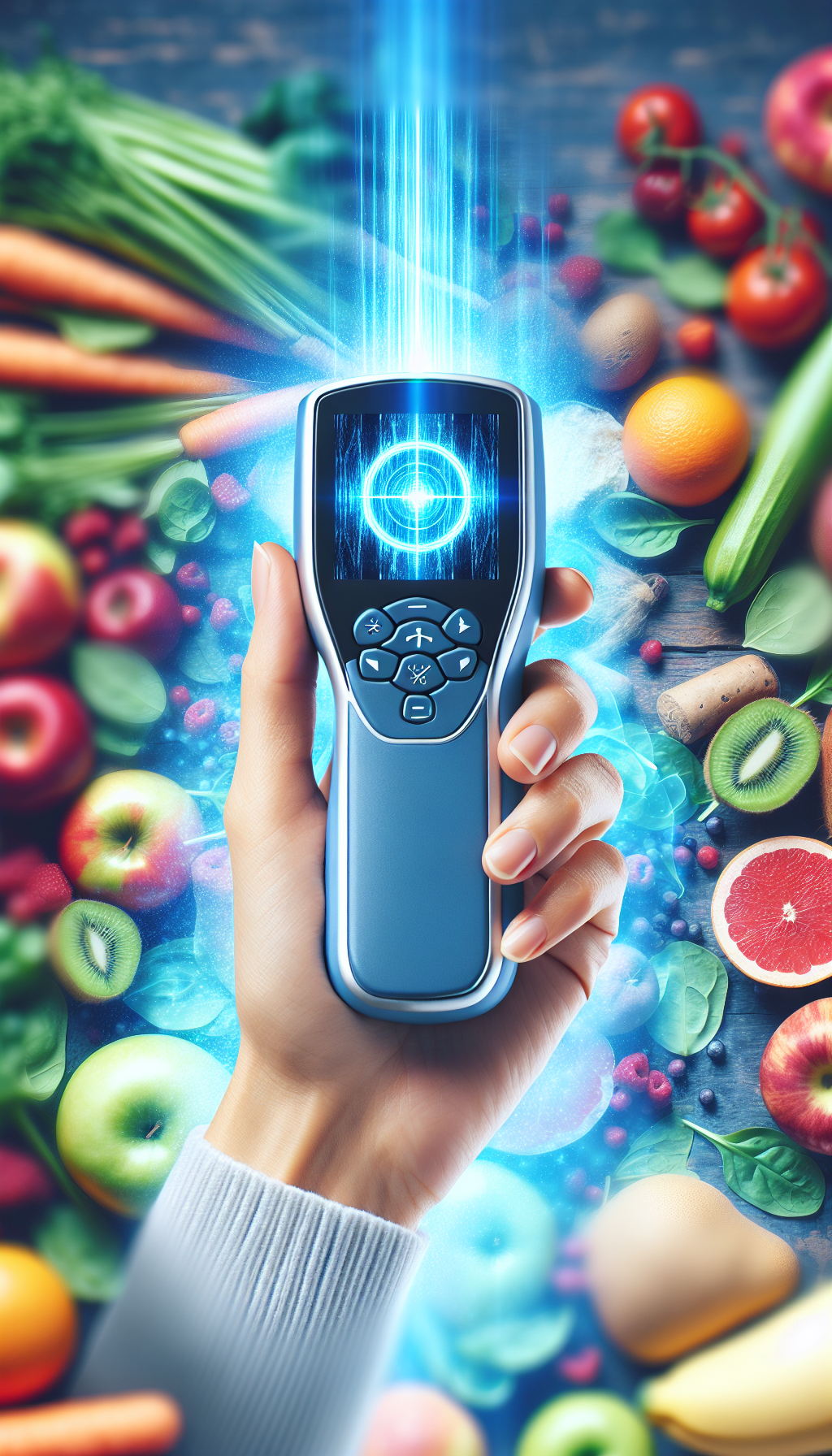BANGALORE, India, 16 May 2025 – The global market for food scanning technology is poised for significant growth, with its value projected to rise from USD 1.33 billion in 2023 to an estimated USD 2.16 billion by 2030, according to a new study by Valuates Reports. This represents a compound annual growth rate (CAGR) of 7.3% over the forecast period, driven by rising concerns around food safety, quality control, and consumer demand for transparency in food production.
Food scanning technology encompasses a range of tools and solutions used to detect contaminants, assess nutritional content, and ensure food authenticity. The market is primarily segmented by type—software and scanning devices—and by application, including use in hotels and restaurants, as well as in food testing laboratories.
Among the key factors fuelling this expansion is the increasing stringency of global food safety regulations. Government agencies such as the US Food and Drug Administration (FDA) and the European Food Safety Authority (EFSA) have imposed tighter standards in recent years, prompting companies to invest in advanced detection systems capable of real-time or near-real-time analysis. These tools range from handheld spectrometers to hyperspectral imaging devices and software powered by artificial intelligence and machine learning.
The software segment is expected to experience robust growth, owing to the integration of AI and advanced data analytics. These technologies enable predictive modelling and enhanced pattern recognition, which are crucial for identifying contaminants and ensuring consistent product quality. Meanwhile, scanning devices continue to evolve, offering greater portability, increased resolution, and faster processing times.
Application-wise, food testing laboratories remain the largest end users of these technologies, driven by demand for precise, laboratory-grade results. However, the hospitality sector—particularly hotels and restaurants—is emerging as a growing market, as businesses seek to meet rising expectations for food transparency and prevent cross-contamination in real time. The rise of consumer-facing devices, such as smartphone-compatible food scanners, is also broadening the market’s reach.
Regionally, North America leads the global market, thanks to significant investment in food safety infrastructure and strong regulatory oversight. However, Asia-Pacific is expected to record the highest growth rate during the forecast period, driven by rapid urbanisation, increased awareness of food-related health risks, and the expansion of organised food retail. In countries such as India and China, government initiatives aimed at modernising food supply chains are further bolstering demand for scanning technologies.
The market is also benefiting from strategic partnerships and product innovation. For instance, companies like SCiO by Consumer Physics and Tellspec have developed consumer-friendly food scanners capable of detecting allergens and estimating nutritional content. Furthermore, industry leaders are focusing on miniaturised devices that can be integrated into manufacturing lines for continuous monitoring.
As food safety remains a paramount concern in the wake of global supply chain disruptions and foodborne illness outbreaks, food scanning technology is expected to play a central role in mitigating risks and ensuring compliance. The convergence of regulatory pressures, technological innovation, and consumer expectations positions this sector for sustained growth in the years ahead.
For further details, refer to the full report by Valuates Reports on PR Newswire: Global Food Scanning Technology Market Set to Reach $2.16 Billion by 2030.



